Fanore Lodge
Houses within 15km of this house
Displaying 23 houses.
Houses within 15km of Fanore Lodge
Displaying 23 houses.
| House name | Description | |
|---|---|---|
| Harbourhill Lodge | Marked as Habourhill Lodge on the first Ordnance Survey map, this house was occupied by the Reverend Michael O'Fea at the time of Griffith's Valuation and held from John Bindon Scott. It later became a Constabulary barracks, now a ruin. | |
| Newtown Castle | Newtown Castle was originally the home of the O'Loghlens of the Burren and Lewis records C. O'Loghlen resident there in 1837. By the time of Griffith's Valuation it was part of the estate of Colonel Henry White, later 1st Baron Annaly. The present house was a rectory at the time of Griffith's Valuation inhabited by Reverend Hugh B. Howlett. The original castle is still extant and the Burren College of Art is now located at this site. | |
| Ballyconnoe House | A summer home of the Creagh family, also known as Prospect Lodge. It was valued at £8 at the time of Griffith's Valuation when Cornelius Creagh held the house and townland in fee. Weir writes that an earlier house was in ruins in 1842, see M169 007, townland of Ballyconnoe North. It is no longer extant and a modern house has been built nearby. | |
| Aran View | Weir writes that this house was built by the Macnamaras. Francis Macnamara lived at Arran View in 1837. Occupied by Robert Johnston at the time of Griffith's Valuation, the Johnstons continued to live there until at least the late 1870s. The original building appears to have been demolished and modern housing constructed at the site. | |
| Mount Elva | Built in 1848, Pierce Creagh came to live here from Rathbaun. It was held in fee by him at the time of Griffith's Valuation, when the buildings were valued at £12 10s. The house is now a ruin. | |
| Finavarra House | The home of the Skerrett family from the mid 18th century to the mid 19th century, now a ruin. |
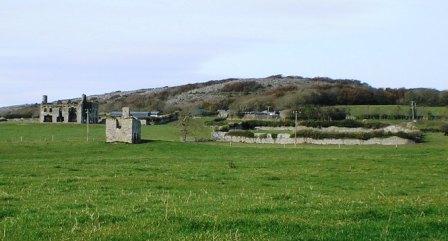
|
| Mount Vernon Lodge | Marked on the first edition Ordnance Survey map this house belonged to William Joseph Skerrett who held it in fee at the time of Griffith's Valuation. It later became the holiday home of Sir Hugh Lane's parents and then of Lady Gregory who entertained well known literary figures at the house. Mount Vernon is still extant and used as holiday accommodation. |
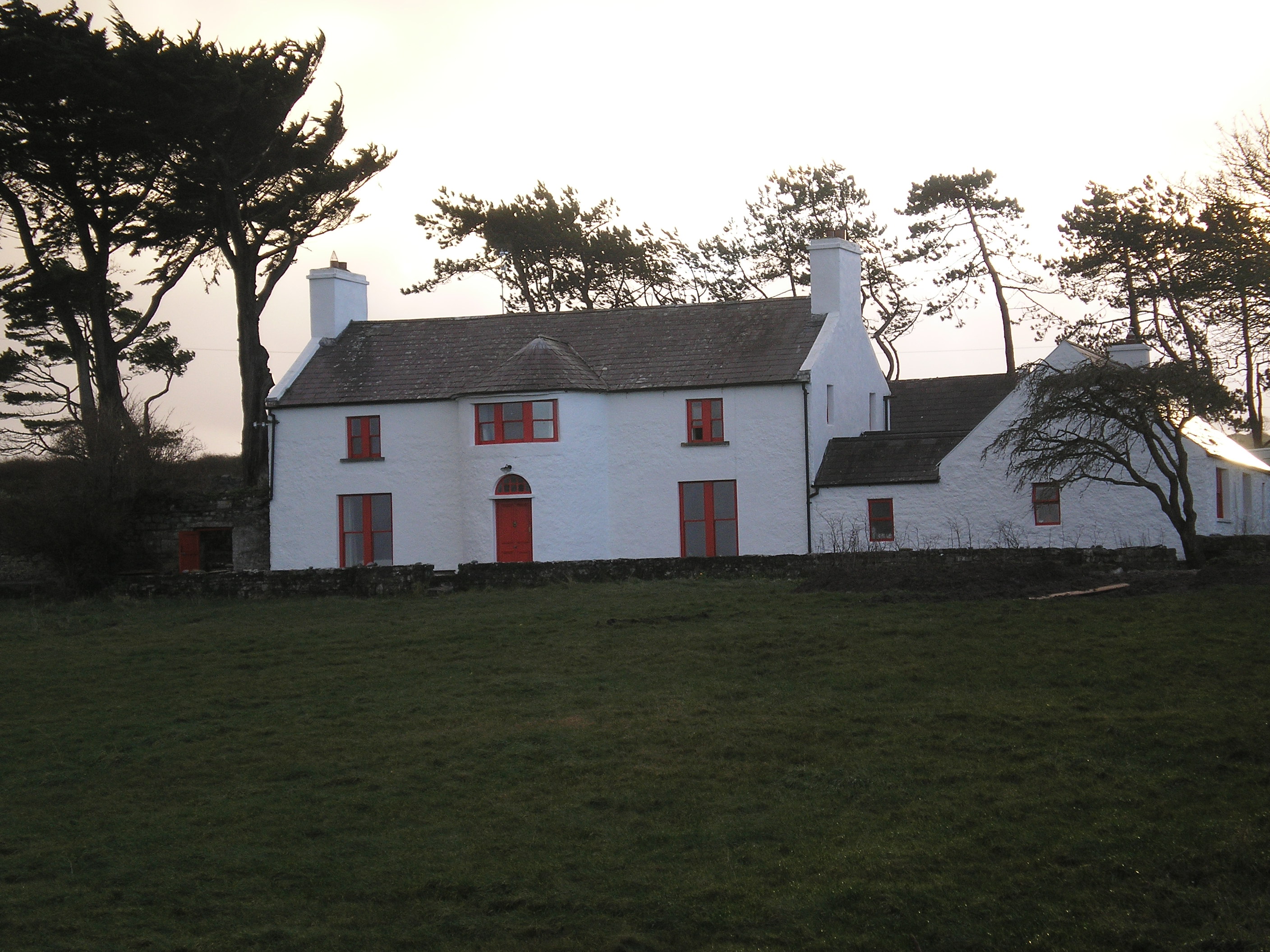
|
| Ballyallaban | Occupied by Michael O'Brien in 1814, J. O'Brien in 1837 and by Michael O'Brien at the time of Griffith's Valuation. The house and over 700 acres was held from Colonel Henry White. | |
| Gregans Castle/Cregans Castle | Gregans Castle/Cregans Castle The home of the Martyn family from at least 1837, now run as a hotel. Valued at £10.5 shillings at the time of Griffith's Valuation. |
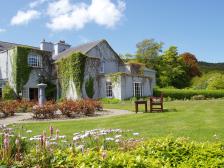
|
| Rathbaun | Home of Simon P. Creagh in 1814 and of his son Pierce Creagh in 1837. Occupied by John Hickey at the time of Griffith's Valuation who held the house from Pierce Creagh. The house is no longer extant. | |
| Kilcarragh | The home of the Fitzgerald family in the 18th century. Occupied by Austin Kerin in 1814, the Kerins and Fitzgeralds intermarried in the 18th century. The house was valued at £5.10 shillings at the time of Griffith's Valuation and was occupied by Richard Davis who leased it from Francis Fitzgerald. Demolished in the mid 20th century. | |
| Ballyshanny | A house on the McMahon estate occupied by Patrick Killeen at the time of Griffith's Valuation and valued at £11. Located close to the ruins of Ballyshanny Castle it is labelled Ballyshanny House on the 1st and subsequent editions Ordnance Survey maps. Ballyshanny is still extant. |

|
| Doolin | Doolin came into the possession of the Macnamara family in the mid 18th century through the marriage of William Macnamara and Catherine Sarsfield. In 1894 Slater refers to it as the residence of Henry Valentine Macnamara. It remained a Macnamara home until the 20th century when it was burnt down in the early 1920s and no trace remains now. | |
| St Catherines | Marked on the first Ordnance Survey map as Gortaclob House and on the later 25-inch edition as St. Catherines, this house was occupied by Francis McNamara Calcutt in the mid 19th century, valued at over £20 and held by him in fee. It is no longer extant. | |
| Aughavoher House | Summer residence of the Gores of Derrymore, held by Edward A. Gore in fee at the time of Griffith's Valuation. It is no longer extant. | |
| Ballykeel | The home of the Lysaght family in the late 18th century. Weir writes that the house was built by George Lysaght who was resident in 1814. Lewis refers to Ballykeale as the seat of the Lysaght family 'now occupied' by Mrs Fitzgerald. The Irish Tourist Association file records that the house became the property of Henry Comerford in 1839. It was unoccupied at the time of Griffith's Valuation and held by Henry Comerford. It passed from him to the Blake Fosters. Francis O'D. Blake Foster was the owner in 1906. Mrs Blake Forster was resident in the 1940s and the Irish Tourist Association file lists the paintings in the house. |
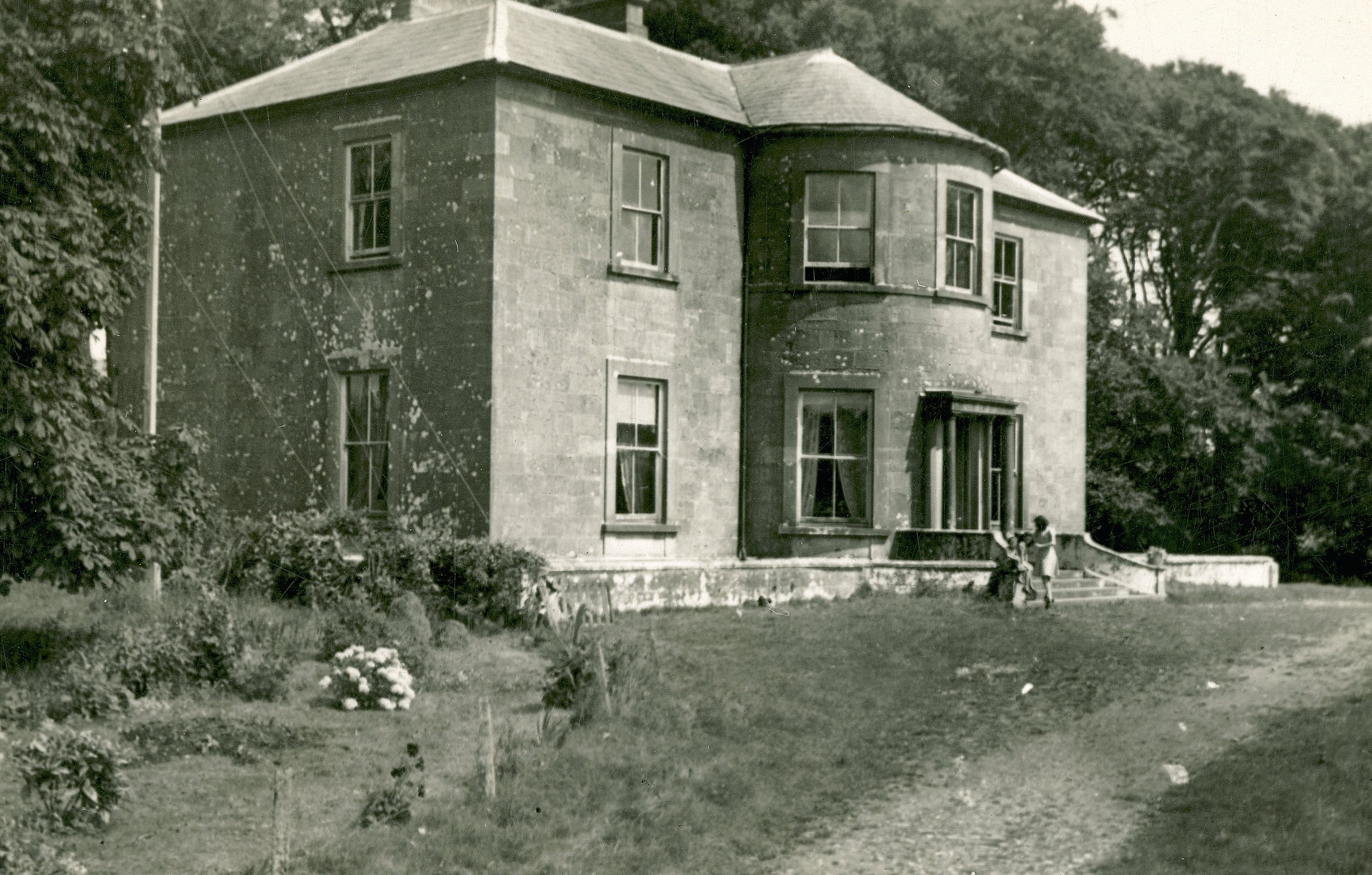
|
| Glashamore House | Marked on the first edition Ordnance Survey map, 'Glashy' was occupied by N. Davoren in 1814 and by John Magann at the time of Griffith's Valuation, who held the house from Edward A. Gore. Buildings are still extant at the site. | |
| Sans Souci | A seaside residence, occupied by the Reverend John Westropp in 1814 and 1837, rector of Ballyvaghan. It later belonged to the Comyn family, now demolished. |
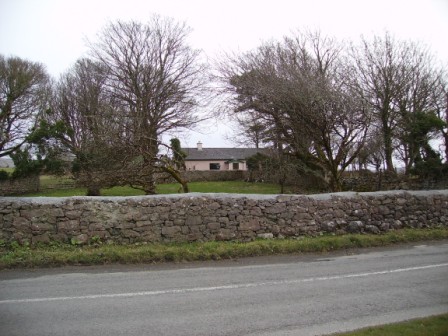
|
| Ballynalackan | Lewis writes in the late 1830s that Ballynalacken Castle was about to be repaired by the proprietor J. O'Brien. Weir writes that John O'Brien built a house near the old castle in 1840 and the O'Brien family lived there in the second half of the 19th century, however there is no house in the townland of Ballylacken valued at more than £2 at the time of Griffith's Valuation and no indication that the O'Briens were resident. The house was bought by the O'Callaghan family in 1939 and is run by them as a small hotel. see http://www.ballinalackencastle.com/index.html |

|
| Clareville | Weir writes that this house was built by a member of the Joynt family, one of whom was agent to the White estate in the early 19th century. It was valued at just over £5 and was unoccupied at the time of Griffith's Valuation. James and Michael Comyn were the immediate lessors who held over a hundred acres from Colonel Henry White. Clareville was one of the residences of William Lane Joynt in the latter half of the 19th century. An occupied house still exists at this site. |
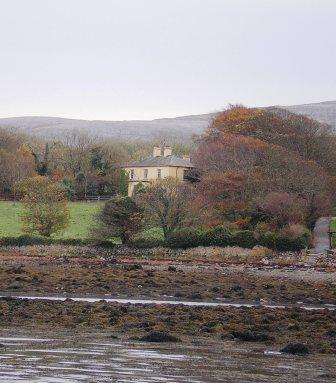
|
| Holywell/Hollywell House | A Comyn residence, George Comyn married Margaret Lysaght of nearby Ballykeale in the early 19th century. In 1814 occupied by George Comyn and in 1837 by T. F. Comyn. By the time of Griffith's Valuation the house was unoccupied and valued at £5, James Gibson was the immediate lessor. The house is still extant and occupied. |
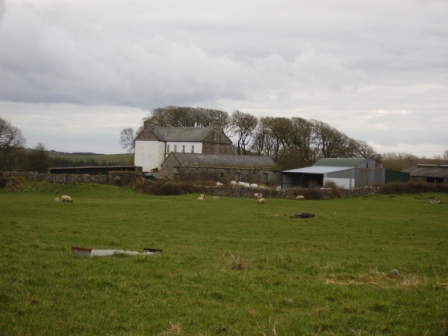
|
| Smithstown | Both Taylor and Skinner and Lewis refer to Smithstown as a seat of Viscount Powerscourt in 1778 and 1837. John O'Brien held the house and 117 acres from Edward Wingfield Stratford at the time of Griffith's Valuation. Weir writes that the house was demolished by the Land Commission in the 1940s.. | |
| Lismoher | Weir writes that this is an 18th century house. It was the home of the Armstrong family. Occupied by Michael Hynes in the 1850s and valued at £4. Hynes held the property from Edmond J. Armstrong. The house is still extant. |
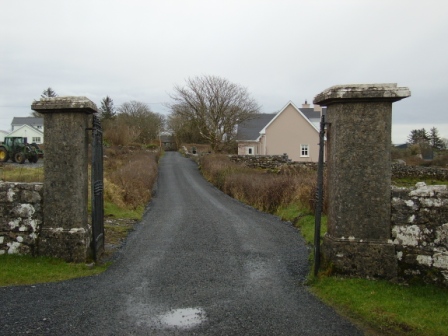
|

